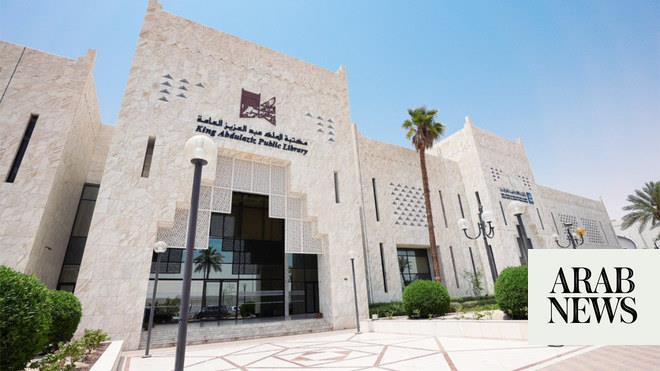
King Abdulaziz Public Library (KAPL) has documented Carsten Niebuhr’s expedition to Arabia by issuing a translation of the book “Niebuhr’s Expedition to Arabia”.
RIYADH — King Abdulaziz Public Library (KAPL) has documented Carsten Niebuhr’s expedition to Arabia by issuing a translation of the book “Niebuhr’s Expedition to Arabia”, in which he narrates his journey from Denmark to Arabia with six scientists who died before completing the expedition due to illness.
However, the author continued his journey alone, where the goals of the expedition were to answer questions by the French Academy of Sciences on this area of the world.
The Arabian Peninsula was an unknown region for Europe, where books of travelers who came to the area in past decades have greatly contributed to shedding light on the features of the Arabian Peninsula and its heritage and wealth of knowledge.
In the book, Niebuhr drew the first detailed maps of the Arabian Peninsula and other areas and cities that he visited in each of Yemen, Iraq, Arabian Gulf, Syria, and Palestine and described the peoples’ habits and living and social conditions. Some of these maps are still being used in the present day.
The author published the outcomes of his journey in several books and articles, the most important of which is this book that is considered the first scientific description made by an European traveler to the Arabian Peninsula and its regions and cities.
The author was a keen observer and his research papers about the Orient and the Arabian Peninsula in particular were the first of their kind, which made European Orientalists consider him as the “first founder” of scientific research and geography of Arabia.
The author’s journey opened wide scopes for scientific research on the history of peoples of the region and its civilizations, which prompted following missions to go deep into subjects and issues that Niebuhr raised while describing his journey.
The queries were mainly related to customs, traditions, religion, Hajj rituals, descriptions of some Arab cities, their buildings, markets and mosques, which made European academies encourage the public to learn Arabic and open specializations related to the history and geography of Arabia, anthropology, and Islamic sciences.
It was in this age of enlightenment that the world witnessed the first translations of the Holy Qur’an to European languages.
This journey changed the Orientalist view on several scientific standards on Arabia which had been established due to ignorance of the Arab and Islamic civilization.
The knowledge contributed to enhancing the value of scientific research and opened the door for travelers and researchers to read the cultural and heritage achievements of the Arab world.
This is in addition to reading about the Arabian Peninsula and the Kingdom of Saudi Arabia and how they enjoyed diversified cultural, heritage and urban elements.
Niebuhr was a German cartographer and explorer in the service of Denmark who lived between March 17, 1733 and April 26, 1815.
He was born in a village in northwestern Germany in Lower Saxony and worked as a farmer on his own farm for the first years of life before showing a tendency to study mathematics.
He received some lessons in surveying and cartography. He was a member of the Royal Swedish Academy of Sciences and the academy of inscriptions and fine arts. — SPA










